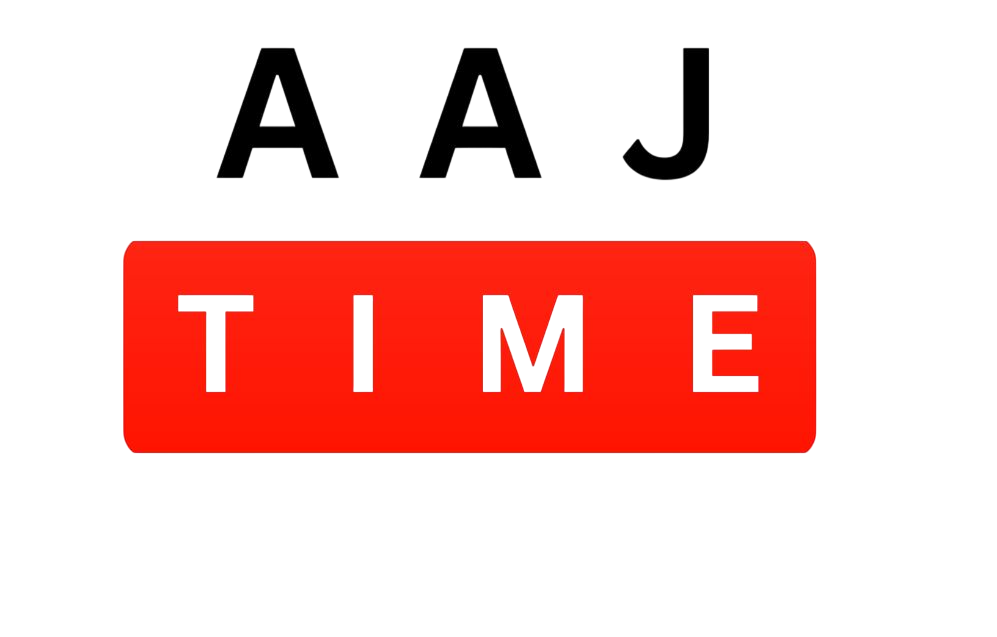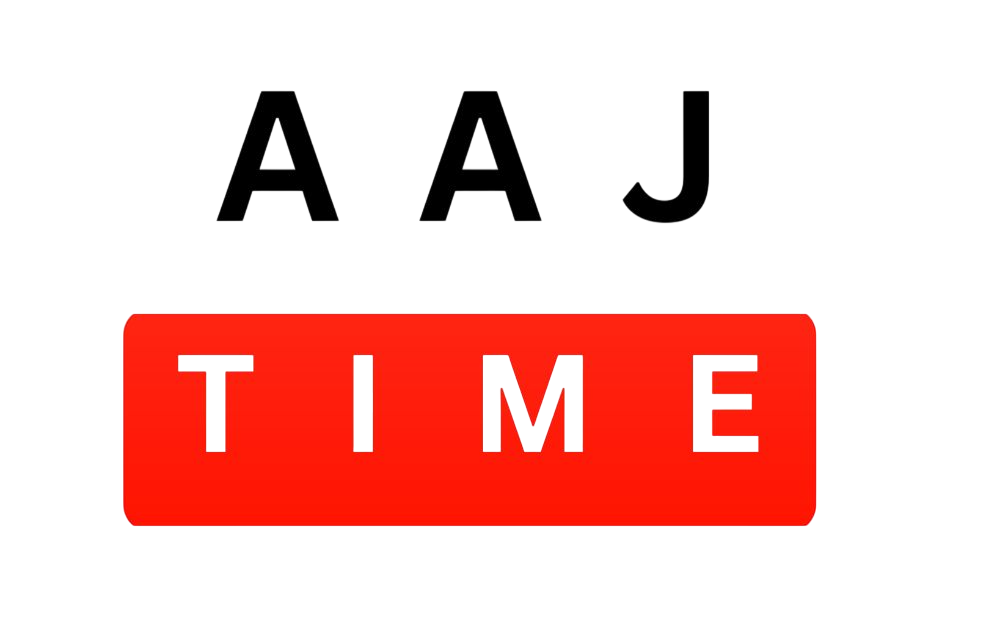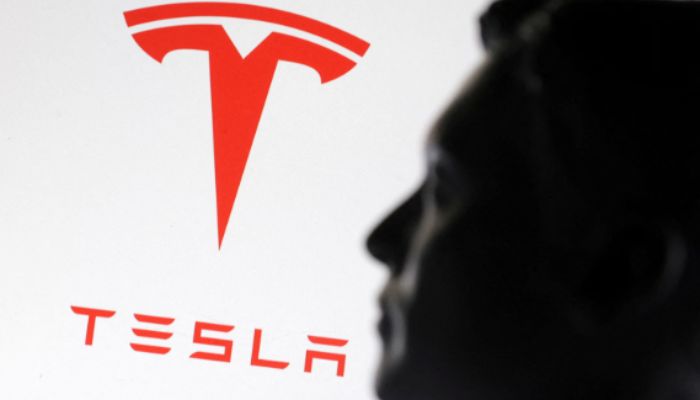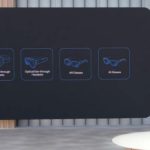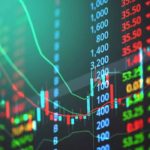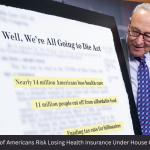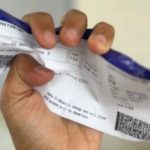Elon Musk Tesla is once again in the spotlight as the company prepares to launch its long-awaited robotaxi service in Austin, Texas, by the end of June 2025. This pilot program marks a crucial turning point for Tesla, not just in terms of autonomous vehicle development, but also in its broader artificial intelligence (AI) ambitions. Despite mounting regulatory scrutiny and political backlash, Musk is doubling down on what he believes are the company’s two most important long-term projects: autonomy and the Optimus humanoid robot.
Tesla’s Robotaxi Test Begins in Austin
In an interview with CNBC, Musk confirmed that the robotaxi service would initially deploy around 10 self-driving vehicles in select, safer areas of Austin. If successful, this number could scale up to about a thousand vehicles within a few months.
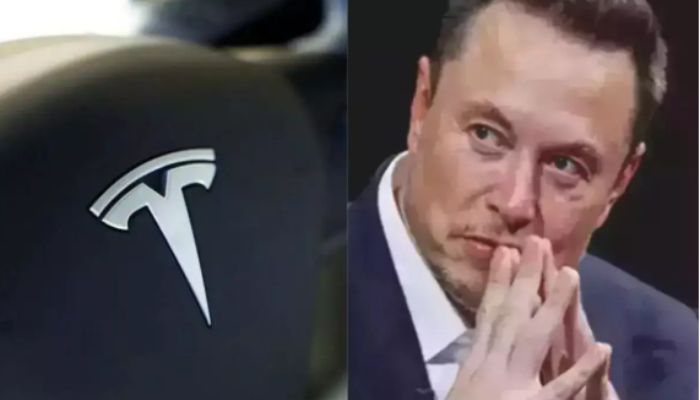
“We are actually going to deploy not to the entire Austin region, but only the parts that are the safest,” Musk said. This approach shows Tesla’s effort to mitigate early-stage risks while proving the capabilities of its Full Self-Driving (FSD) software under real-world conditions.
Safety and Regulatory Scrutiny
The launch comes amid increasing pressure from the National Highway Traffic Safety Administration (NHTSA), which is investigating accidents involving Tesla’s FSD software, especially in low-visibility conditions. The regulator has demanded detailed responses from Tesla regarding how it plans to manage safety concerns, especially with a paid robotaxi service.
Autonomous driving remains a highly challenging frontier, where many companies—including major players like Uber and Lyft—have scaled back efforts due to high costs and regulatory roadblocks. Alphabet’s Waymo, one of Tesla’s biggest competitors, has also faced scrutiny, emphasizing the difficulty of turning autonomous driving into a profitable, scalable business.
Tesla’s Shift in Focus: From Mass-Market EVs to AI and Autonomy
Tesla’s strategy shift is significant. The company has deprioritized plans to develop a new, affordable electric vehicle (EV) platform and is instead putting its resources into autonomous technology and robotics.
“The only things that matter in the long term are autonomy and Optimus,” Musk emphasized. This signals a fundamental pivot, betting that Tesla’s future valuation and technological leadership will be determined by these innovations rather than traditional car sales.
With global EV sales slowing and competition heating up—especially from Chinese automakers—Tesla is under pressure to innovate. Musk’s personal brand has also contributed to recent sales declines, with criticism stemming from his outspoken political views and support for U.S. President Donald Trump.
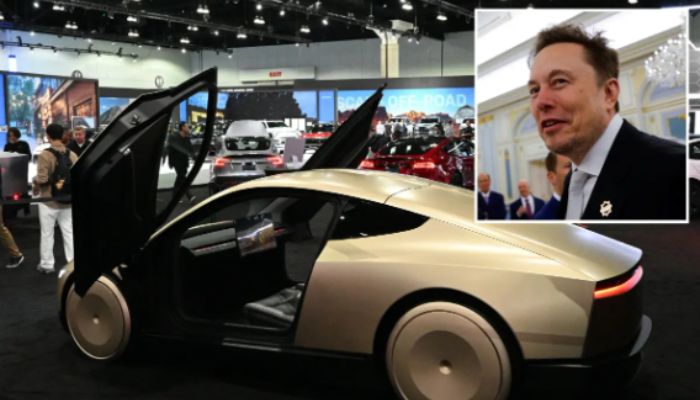
Collaboration and Licensing: Tesla’s FSD to Go Mainstream?
Interestingly, Musk revealed that Tesla is in talks with several major automakers to license its FSD software, suggesting the company may take a platform-based approach similar to what Android did in the smartphone market. If successful, Tesla could establish itself as the foundational operating system for self-driving vehicles globally.
This move could generate significant new revenue streams and help accelerate the adoption of autonomous driving, even among competitors.
Powering the Vision: xAI, Supercomputers, and Nvidia Chips
Tesla’s autonomous push is tightly linked to Musk’s AI startup, xAI, which he merged with his social media platform X earlier this year. While there’s no formal plan yet for a Tesla-xAI merger, Musk hasn’t ruled it out.
To support xAI’s massive data requirements, Musk announced that a new supercomputer cluster named Colossus is being built in Memphis, Tennessee. Powered by one million of Nvidia’s cutting-edge Blackwell AI chips, the facility could become the largest AI data center in the world. This investment underlines Musk’s broader vision of dominating the AI and robotics space.
Challenges Ahead
Despite the bold plans, hurdles remain. The robotaxi initiative must prove itself in the real world, both in terms of performance and safety. Regulators will be watching closely, and any serious mishap could stall the program or invite further restrictions.
Frequently Asked Questions
1. What is Tesla’s robotaxi service?
Tesla’s robotaxi service is a fully autonomous ride-hailing platform powered by its Full Self-Driving (FSD) software. It aims to operate without human drivers, starting with a pilot program in Austin, Texas.
2. When will the robotaxi trial start in Austin?
The trial is expected to begin by the end of June 2025, with an initial deployment of about 10 autonomous vehicles.
3. Why is Tesla shifting focus from a cheaper EV to robotaxis?
Elon Musk believes that autonomy and robotics, like the Optimus humanoid robot, are more critical to Tesla’s long-term value than developing a low-cost EV.
4. Is Tesla’s FSD software available to other car manufacturers?
Yes, Tesla is in discussions with major automakers to license its FSD software, which could turn Tesla into a platform provider for self-driving technologies.
5. What is xAI and how is it related to Tesla?
xAI is Elon Musk’s AI startup focused on developing advanced AI models and infrastructure. While it’s a separate entity, xAI complements Tesla’s autonomy goals. A merger isn’t planned yet, but Musk hasn’t ruled it out.
